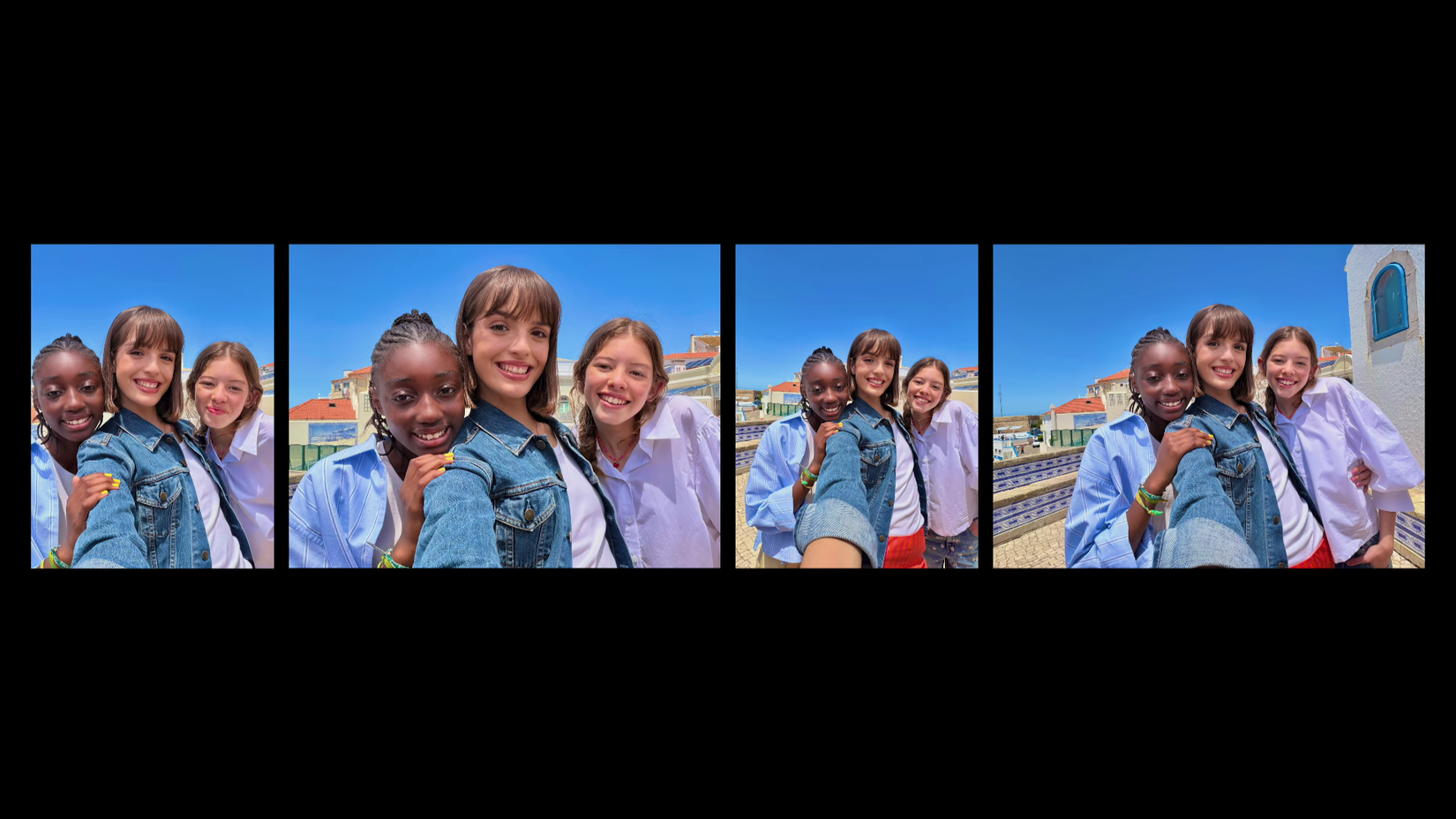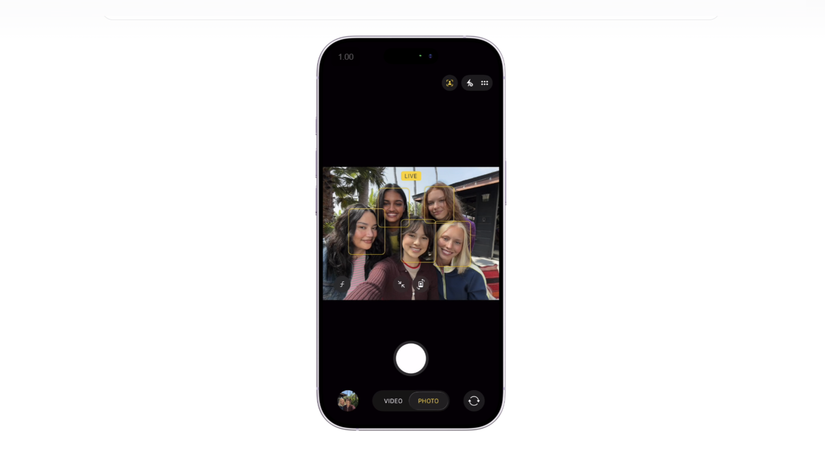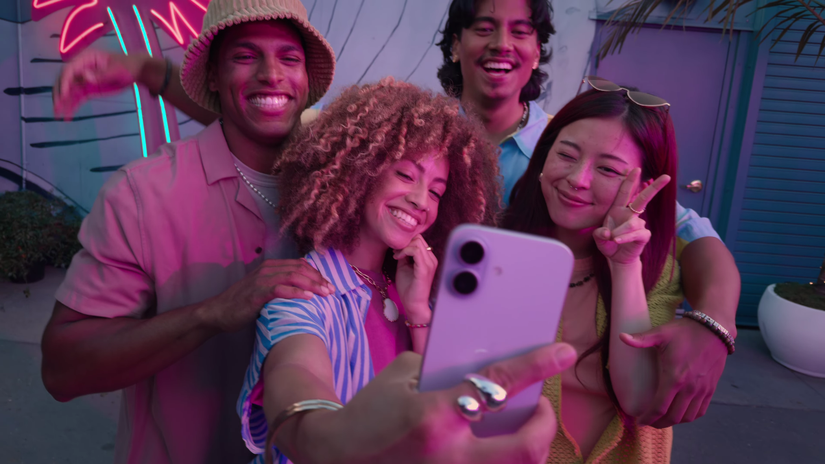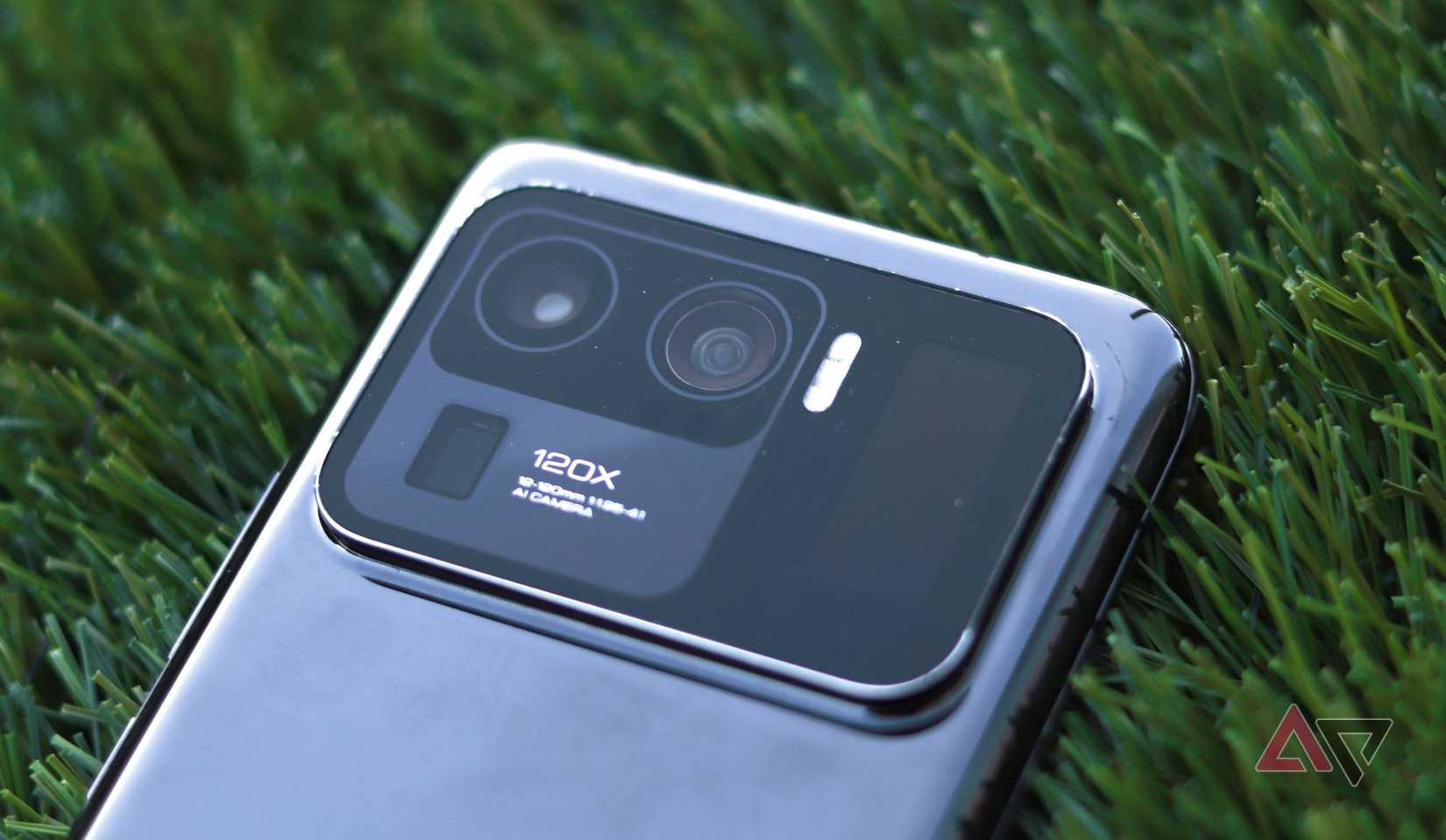If you’ve followed the smartphone market with any bit of interest, you will probably agree that Android devices have been far more innovative in terms of hardware in recent years, whereas iPhones have focused more on perfecting the user experience and feature implementation.
This is particularly apparent with the new iPhone 17 series, bringing minor but meaningful upgrades that users are likely to appreciate. I’d go as far as saying that the new base iPhone 17 is the easiest phone to recommend to most people.
Detailed specs aside, there’s one thing that the new iPhones genuinely innovated on that we didn’t see coming — a new square image sensor for the selfie camera.
It’s been a while since I said this, but I really hope Android phones copy this feature soon.
The Center Stage Front Camera is genius
Center what?
Buried between all the photography talk while talking about the iPhone 17’s cameras was a feature that we weren’t expecting to see — the Center Stage Front Camera.
There’s a feature with the same name on MacBooks (where the camera zooms into your face and moves with you), but on the iPhone 17 series, it is a major hardware change.
Unlike conventional camera sensors that are rectangular in shape and click 4:3 photos, it uses a larger square image sensor. Without getting technical, larger sensors mean a larger field of view (when paired with the same lens).
Traditional sensors have a 4:3 aspect ratio, which limits framing based on the orientation of the phone.
By changing its shape, Apple did away with the inherent constraint of having to choose between landscape and portrait orientations that every other camera in the world faces.
Since the resultant photos are still rectangular, a square image sensor enables clicking photos in either orientation without needing to rotate the phone.
To help visualize this, think about how people generally click individual versus group selfies. To fit more people into the frame, you’d need to rotate your phone sideways.
That brings other problems to the mix, such as having an off-center camera, not knowing where to look, and difficulties in handling.
However, the new iPhone 17 can click such wider photos automatically — without needing to turn the phone or even touching a button.
The system is smart enough to understand what you are trying to click and adjust accordingly. There is a manual option, too, if you want more control.
It’s an 18MP sensor natively, but the images shot will be 12MP in resolution, in a 4:3 rectangular shape. That might sound simple, but it opens up some clever possibilities that are sure to be appreciated by users.
A larger field-of-view
The most obvious benefit of a larger sensor is a wider frame, allowing users to fit more in the shot without having to outstretch their arm.
You’ve likely experienced this while trying to click a group selfie with more than two or three people.
The way Apple has implemented this is quite intuitive, at least by the looks of it.
The image crop will automatically expand or shrink to capture the subject(s) in frame — narrower when a single person needs to be focused on, and wider when there are more.
Better handling
The way phones have been getting bigger and heavier, you’d be forgiven for thinking that manufacturers don’t care about your pinky finger.
Taking group selfies is an especially challenging task: stretch your hand out as much as possible, use all the might of your fingers to hold the phone in place, have stable hands, reach for the shutter button with your thumb, and try not to let your phone drop.
Looking at how clunky the experience of clicking a selfie can get, it’s surprising nobody thought of this before.
By decoupling the orientation of the phone from the frame of the shot, users can get the photos they want while opting for a grip they prefer.
It’s one of those kinks that we’ve gotten so used to, so this new approach might take some getting used to.
Improved stabilization
Software-based image stabilization for photos and videos is no longer a novelty in phones, but the degree of effectiveness varies vastly.
Electronic image stabilization (EIS), as opposed to optical image stabilization (OIS), works by capturing a larger frame and then cropping into the center to reduce the shakiness in the shot.
This inadvertently means that the size of the sensor affects how stable and expansive the eventual photos or videos are.
By using a sensor that is bigger and wider, the iPhone 17 should be able to produce more stable and clearer shots. We haven’t seen results yet, but in theory, it sounds logical.
Why I am eager to see this feature on more phones
On the iPhone 17, the square sensor is used for four main use cases: Center Stage for photos, Center Stage for videos, Dual Capture videos, and Ultra-Stabilized videos.
Regardless of what Apple calls these features, they work on the same principles that are inherent to larger sensors.
It’s not the first time we’re seeing a smartphone maker trying to break the norm in terms of sensor orientations, but it is the first time we’ve seen an implementation so comprehensive.
In 2019, the Motorola One Action became the first smartphone to sport a “rotated” image sensor, where holding the phone upright would shoot landscape videos.
Motorola’s vision was that this would help users hold the phone with more ease while giving them the ability to capture horizontal videos.
Maybe it was ahead of its time, or Motorola didn’t market it adequately, but the concept had a lot of untapped potential.
Optimistic about an Android equivalent
If there’s anything we know about Android phones in general, especially those made by Eastern manufacturers, it is that they like to experiment and often push the boundaries with new hardware features.
With Apple setting a new benchmark for how easy clicking photos can be, I sure hope that the competition is taking notes.
Apple’s decision to use a square image sensor in its least technologically impressive camera could be a glimpse at what is to come.
I wouldn’t be surprised to see a smartphone manufacturer bring a feature like this to one of its rear cameras. Yes, the space required to do this with one of the already-big sensors will be a challenge, but it isn’t impossible.
We’re already seeing phones with a 1-inch image sensor. I am no design expert, but I do think it’s easier to accommodate a sensor that is bigger on one axis than both.






